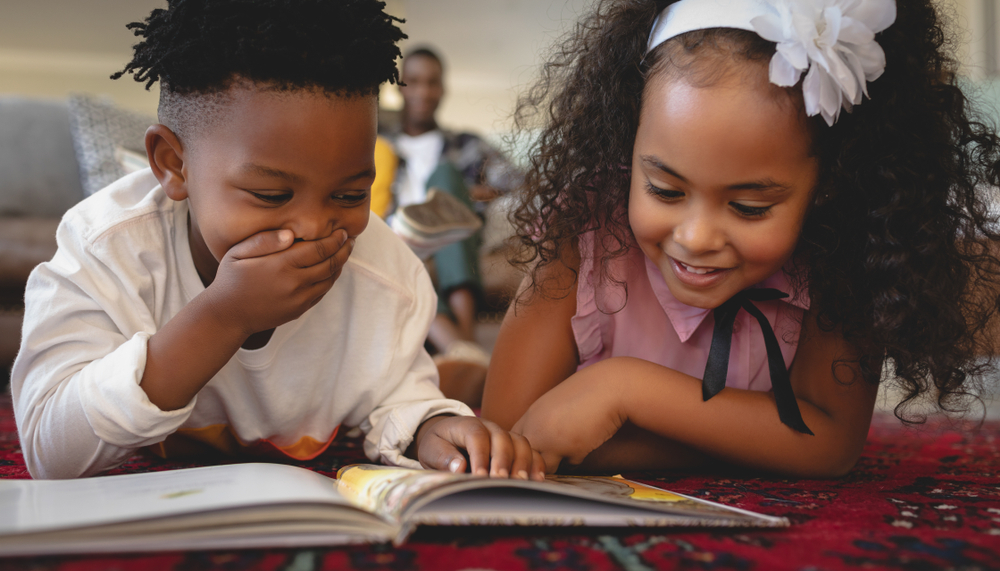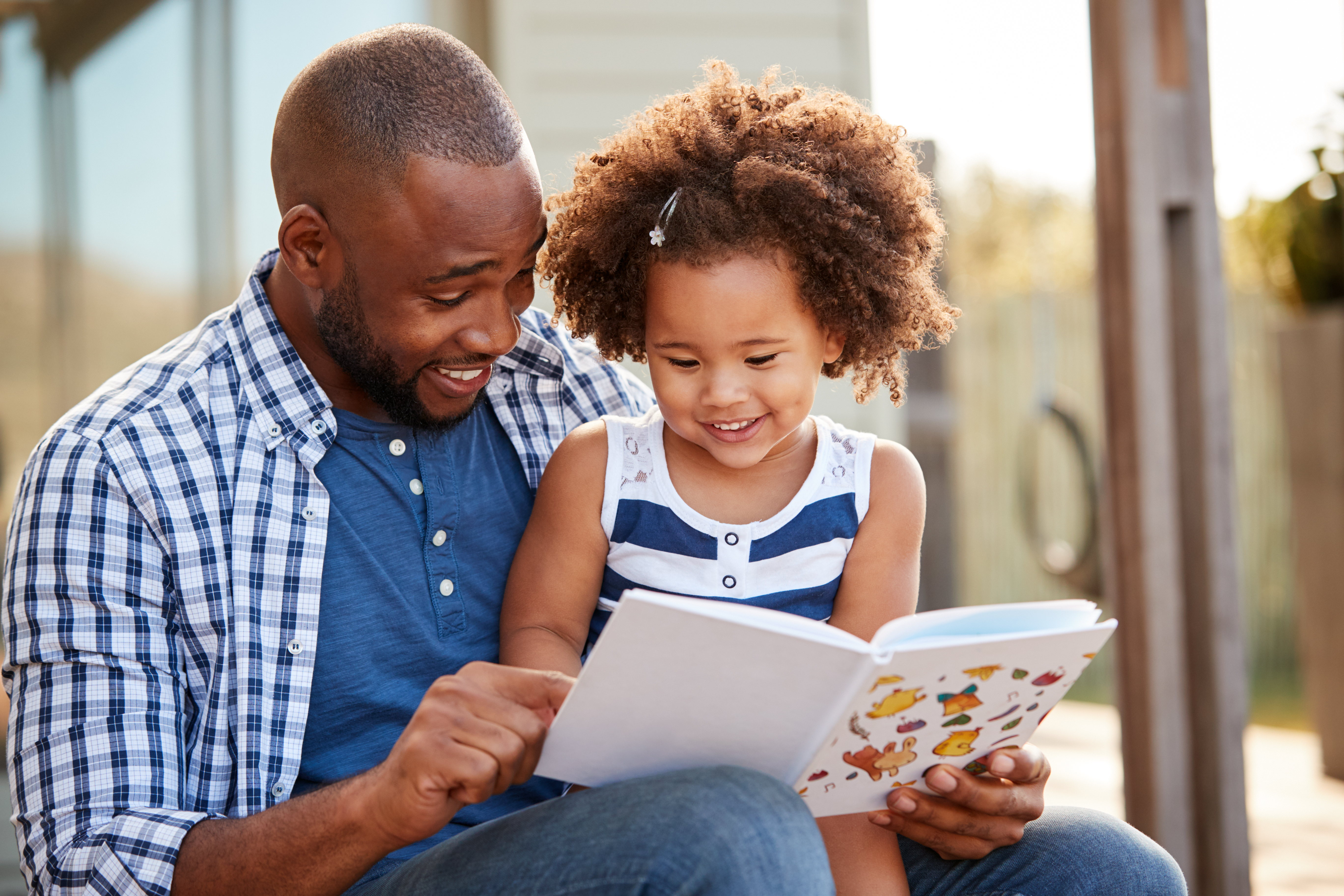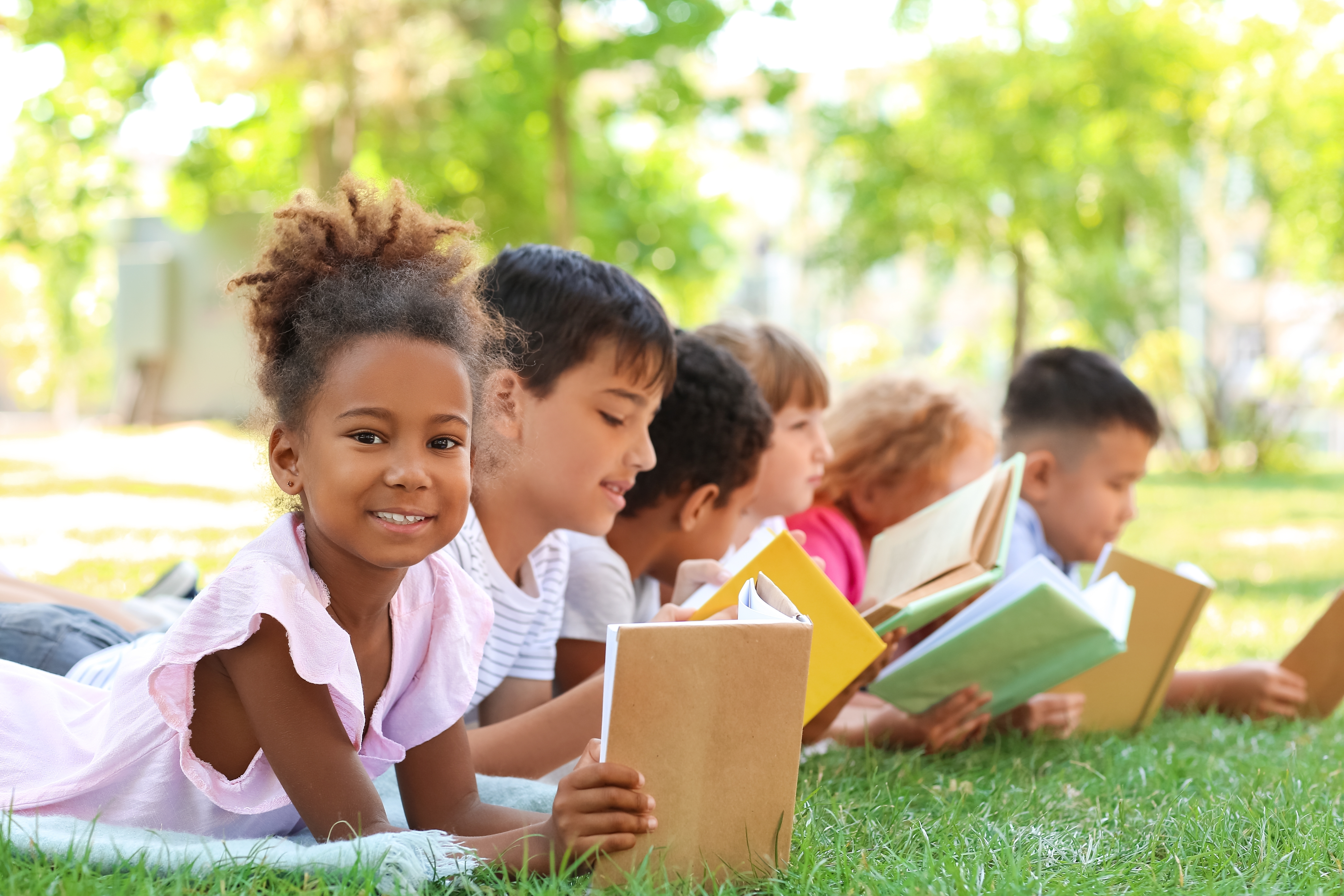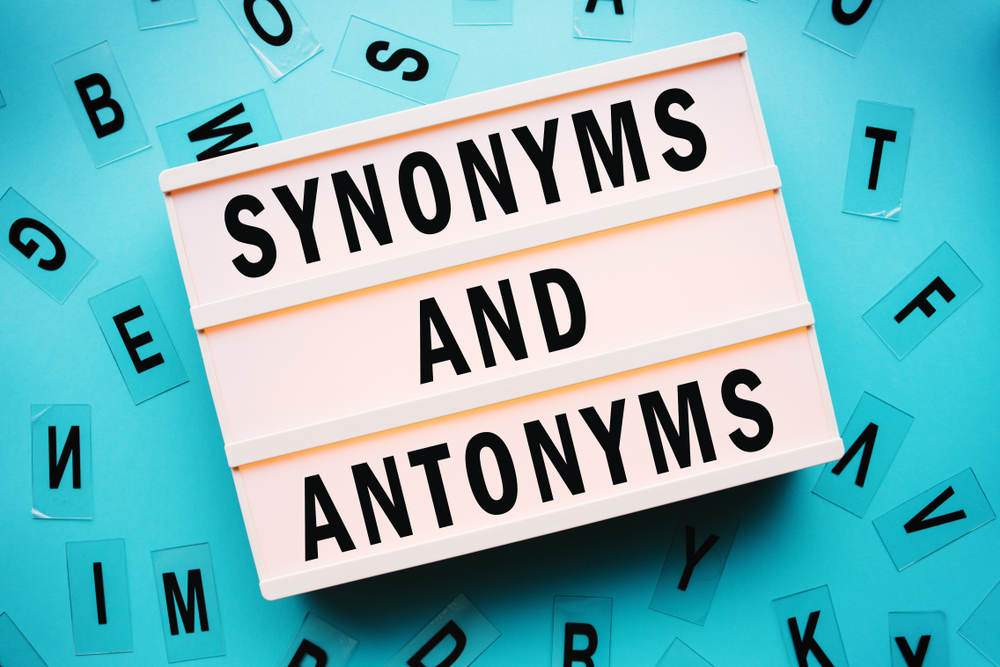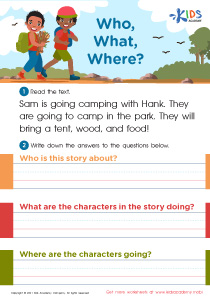Reading Non-Fiction Worksheets for Ages 4-6
49 filtered results
-
From - To
Unveil the world of real-life wonders with our Reading Non-Fiction worksheets, specially crafted for curious minds aged 4-6. This dynamic collection engages young readers in exploring the fascinating truths about the world around them. From the mysteries of nature to the basics of everyday life, our worksheets are designed to capture the imagination of young learners, fostering a love for learning and a foundation for critical thinking. Reading Non-Fiction for Ages 4-6 offers a perfect blend of fun and education, ensuring that early learners develop a strong reading foundation while satisfying their inherent curiosity about the real world. Begin the adventure of knowledge today!


Towns Worksheet
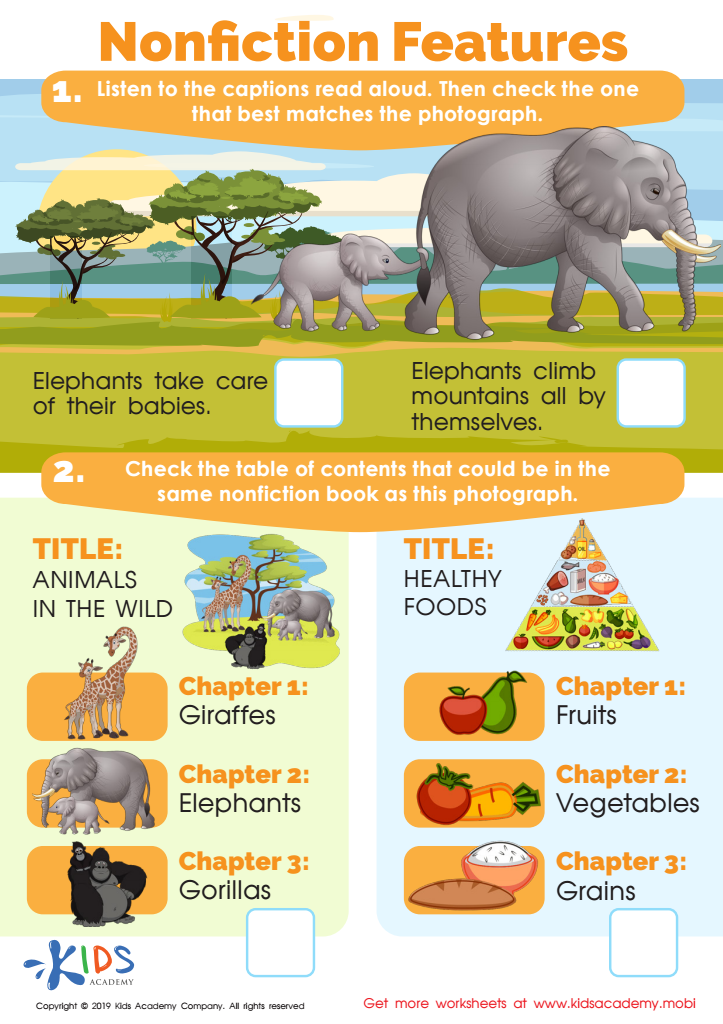

Nonfiction Features Worksheet
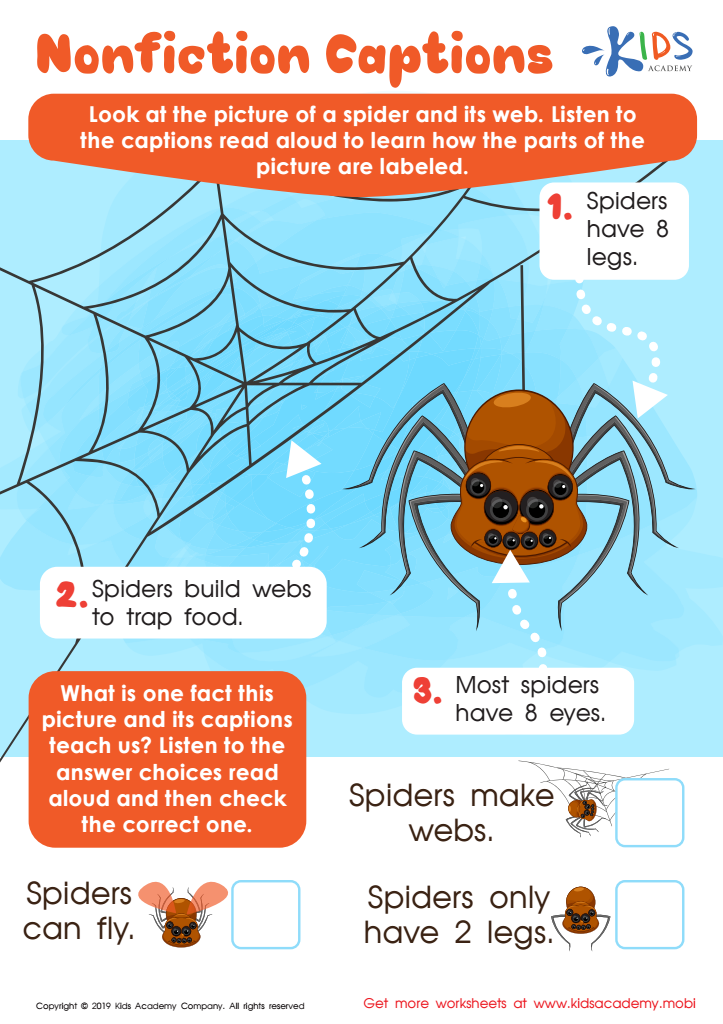

Nonfiction Captions Worksheet
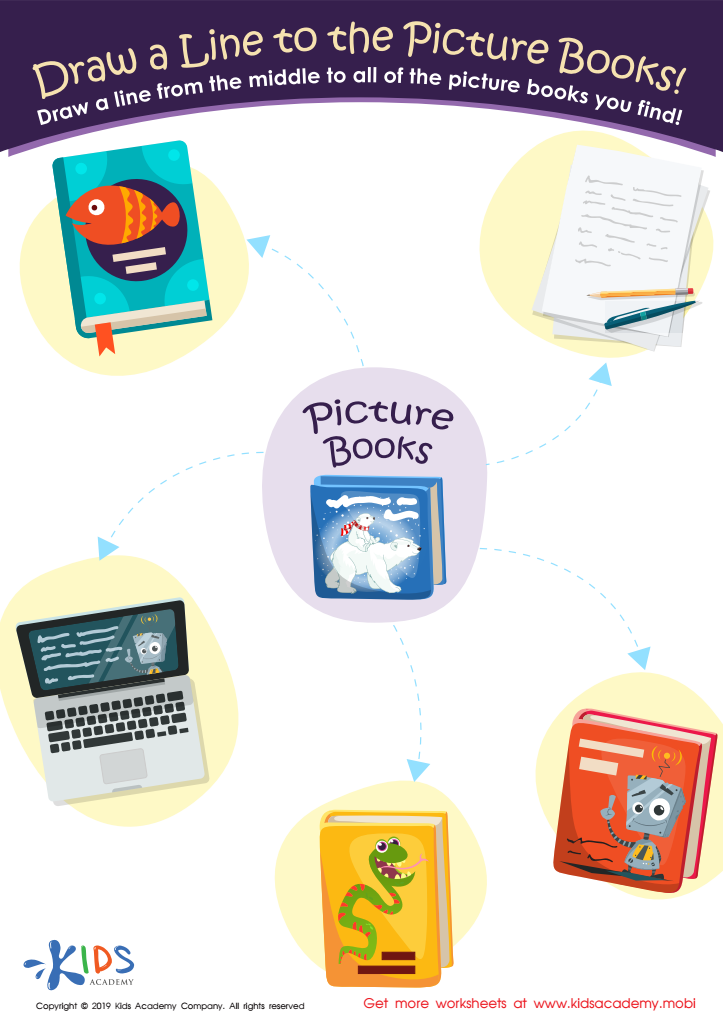

Draw a Line to the Picture Books Worksheet
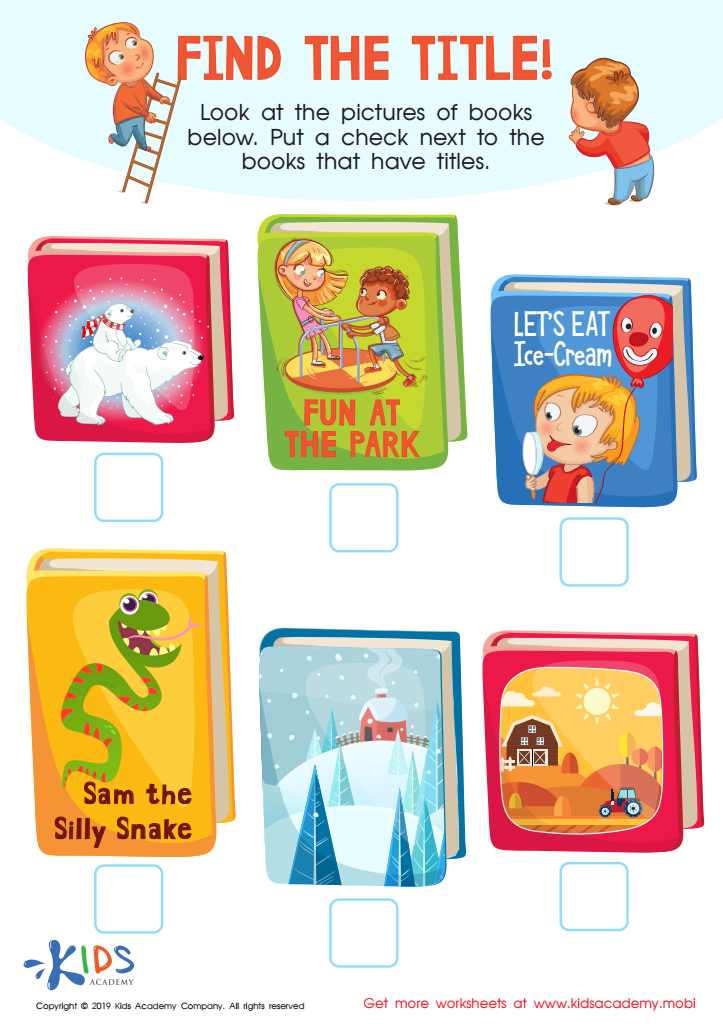

Find the Title Worksheet
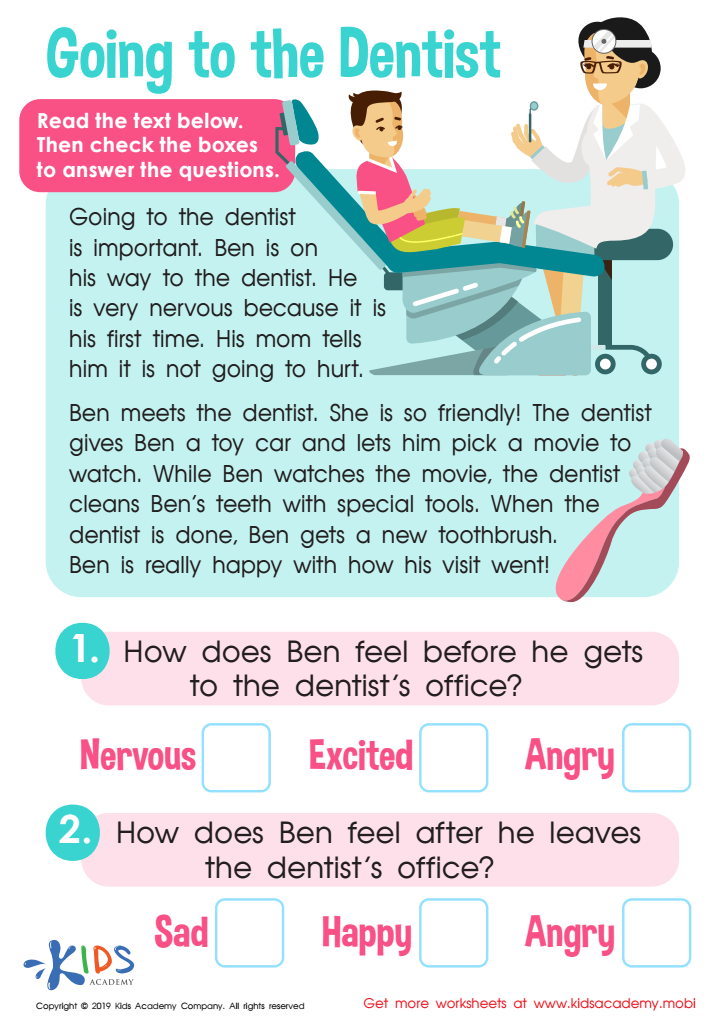

Going to the Dentist Worksheet
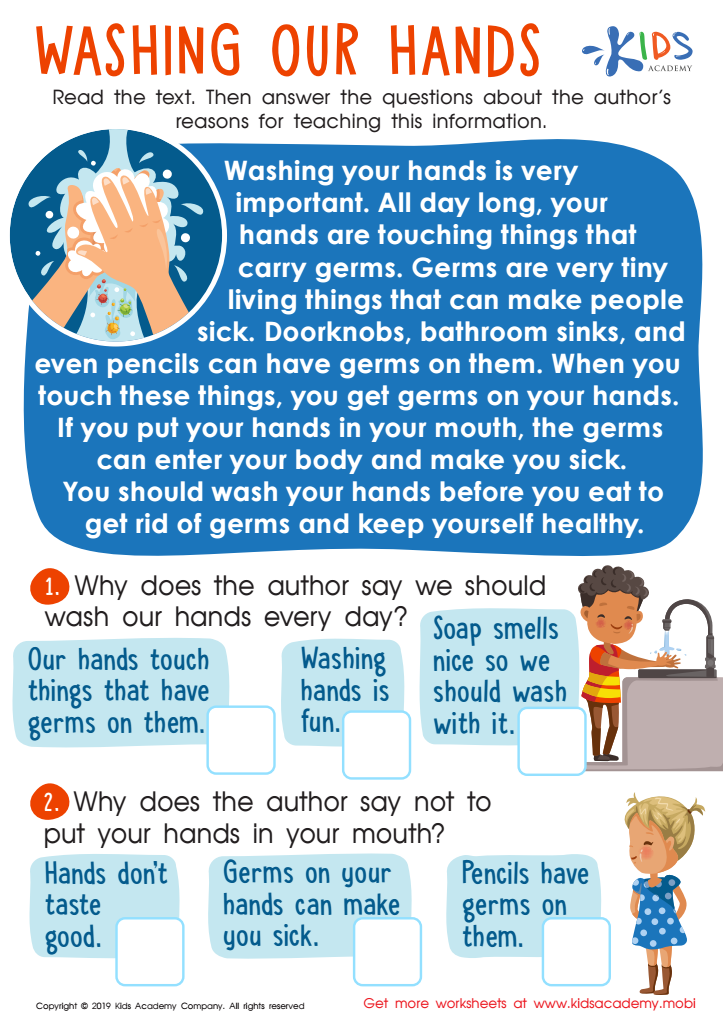

Washing Our Hands Worksheet
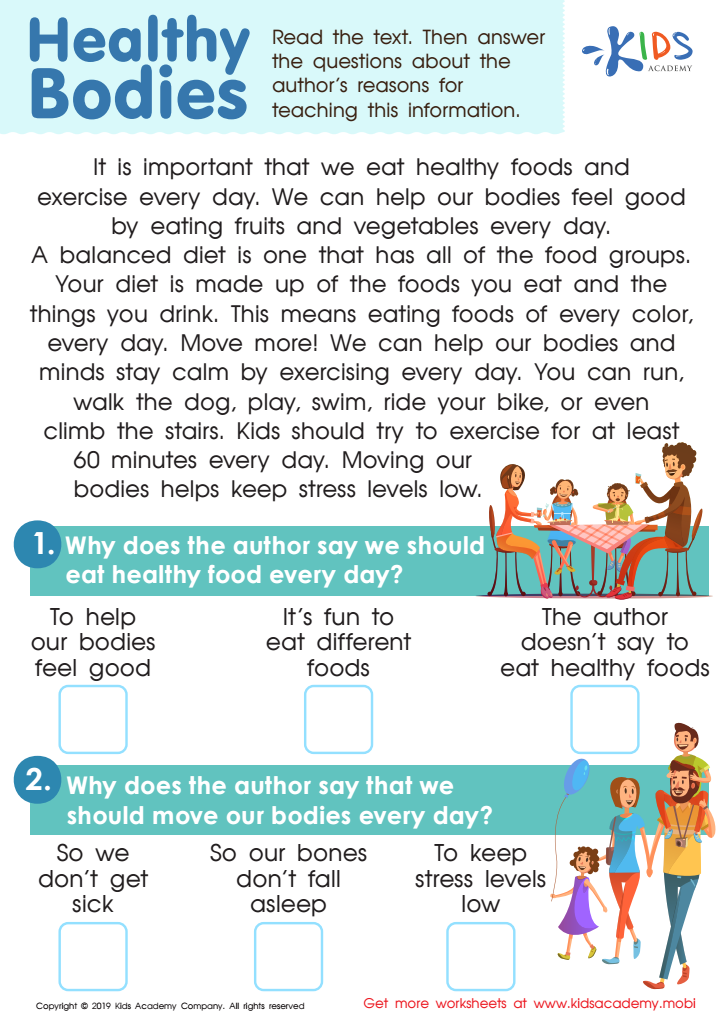

Healthy Bodies Worksheet
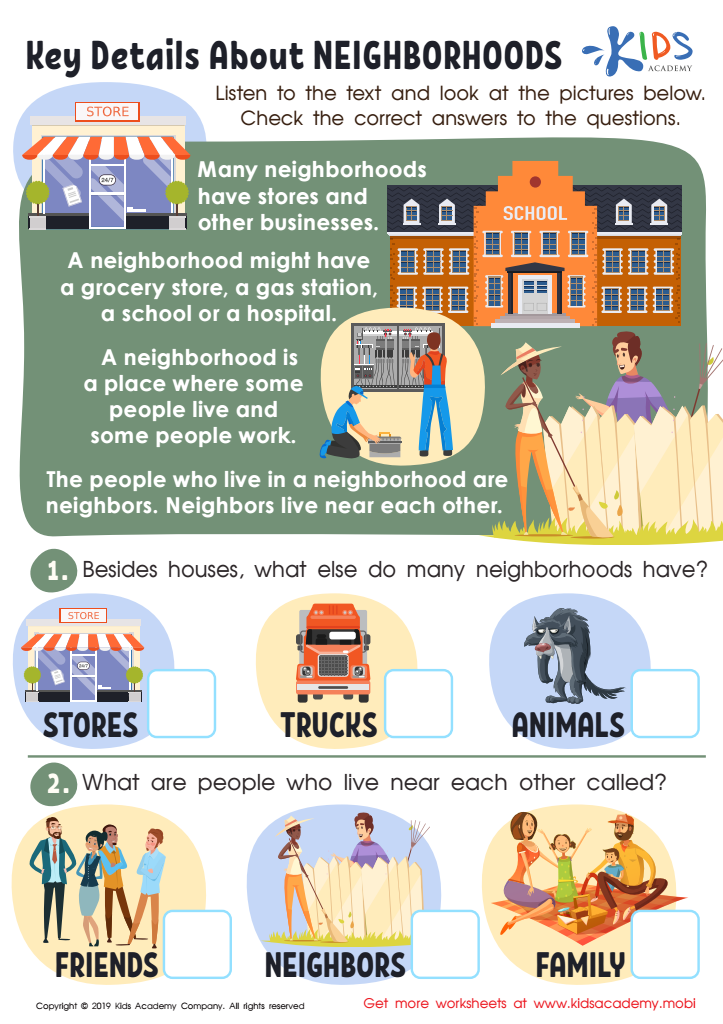

Key Details Neighborhoods Worksheet
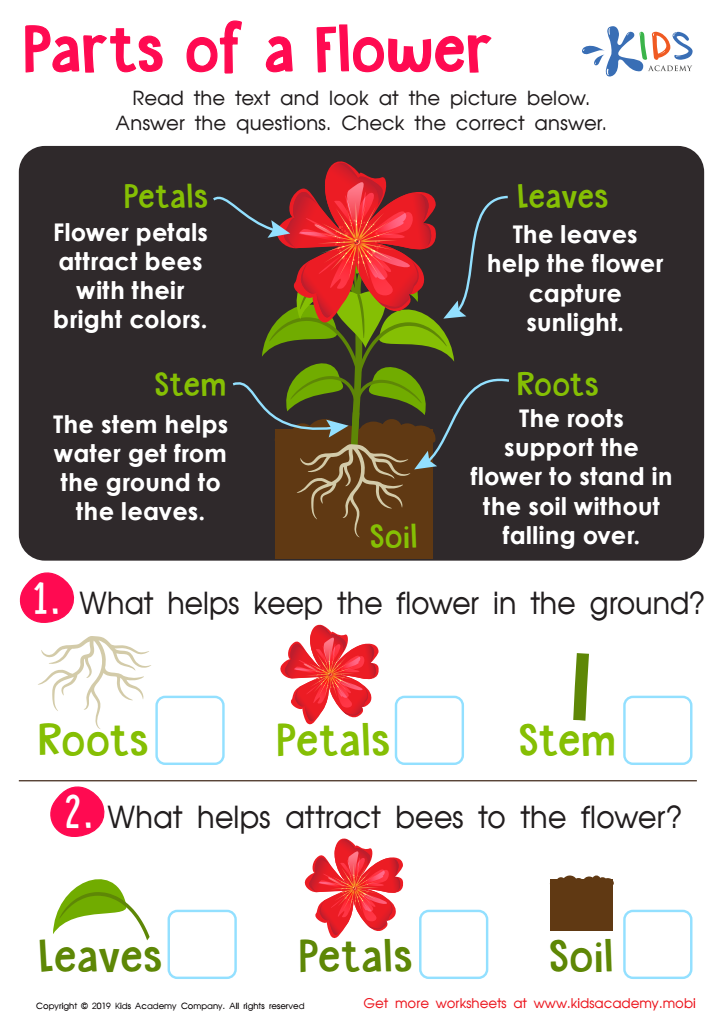

Parts of Flower Worksheet
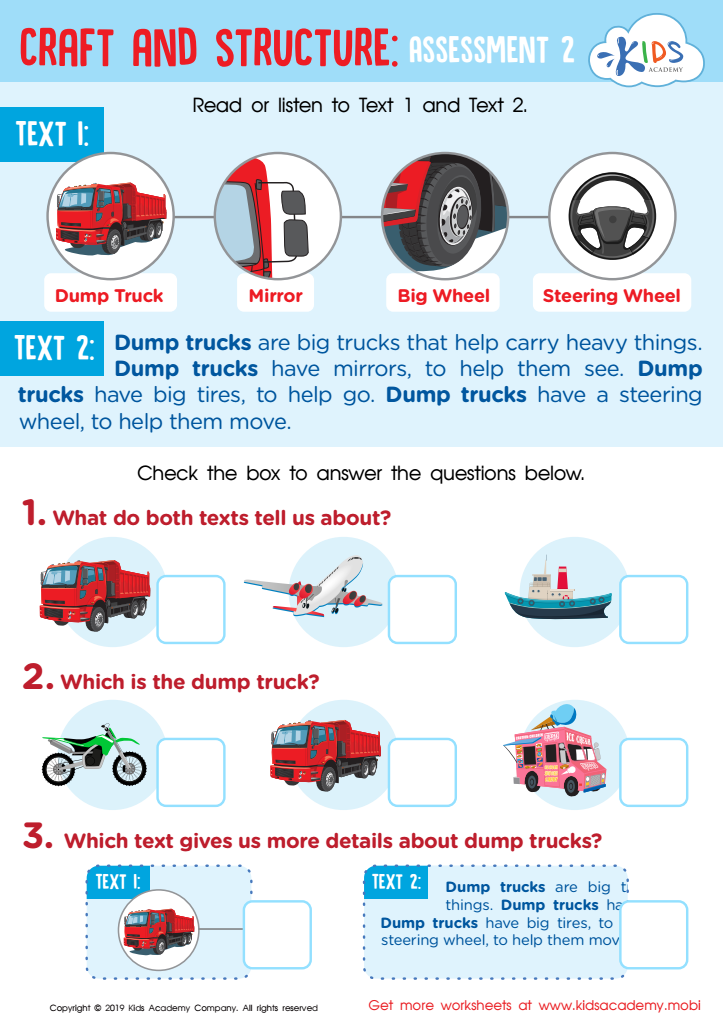

Craft and Structure: Assessment 2 Worksheet
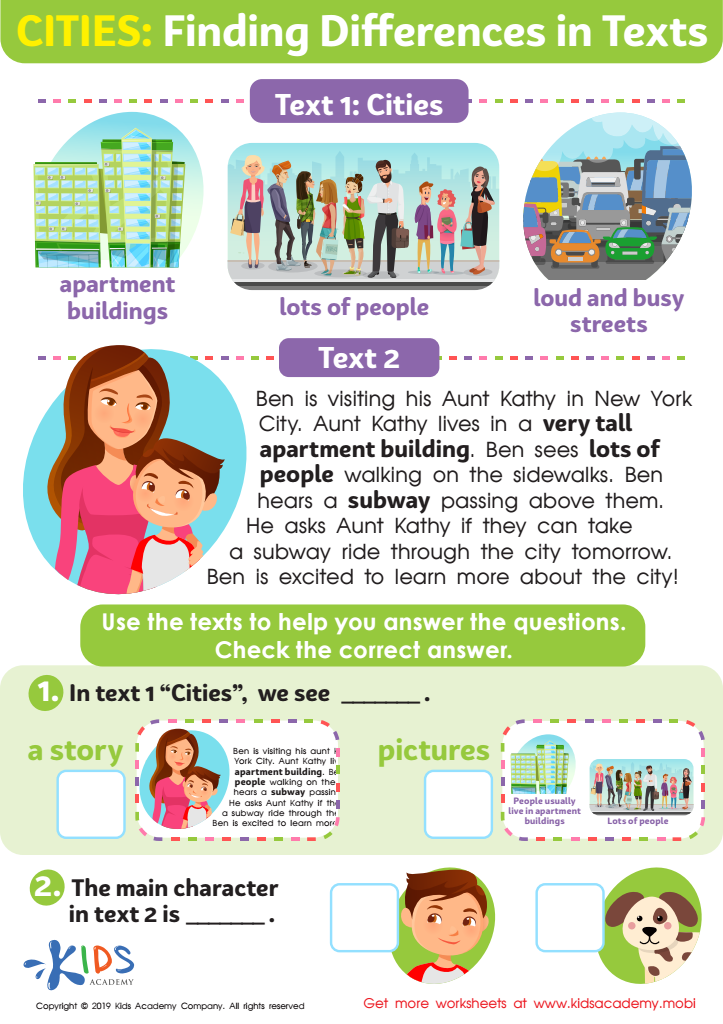

Cities: Finding Differences Worksheet
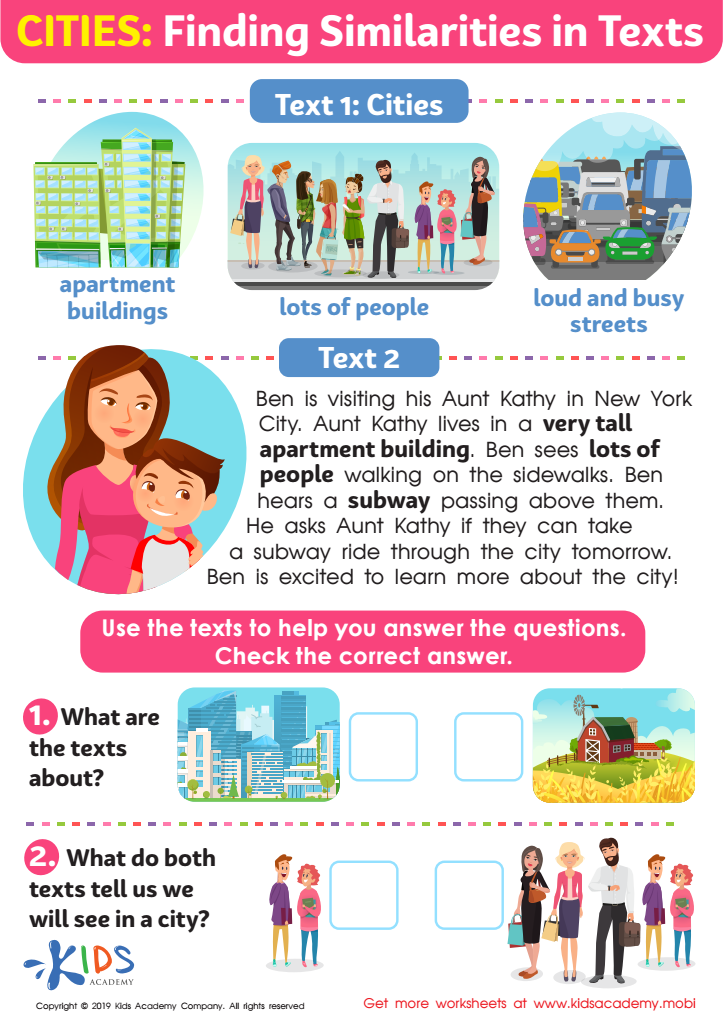

Cities: Finding Similarities Worksheet
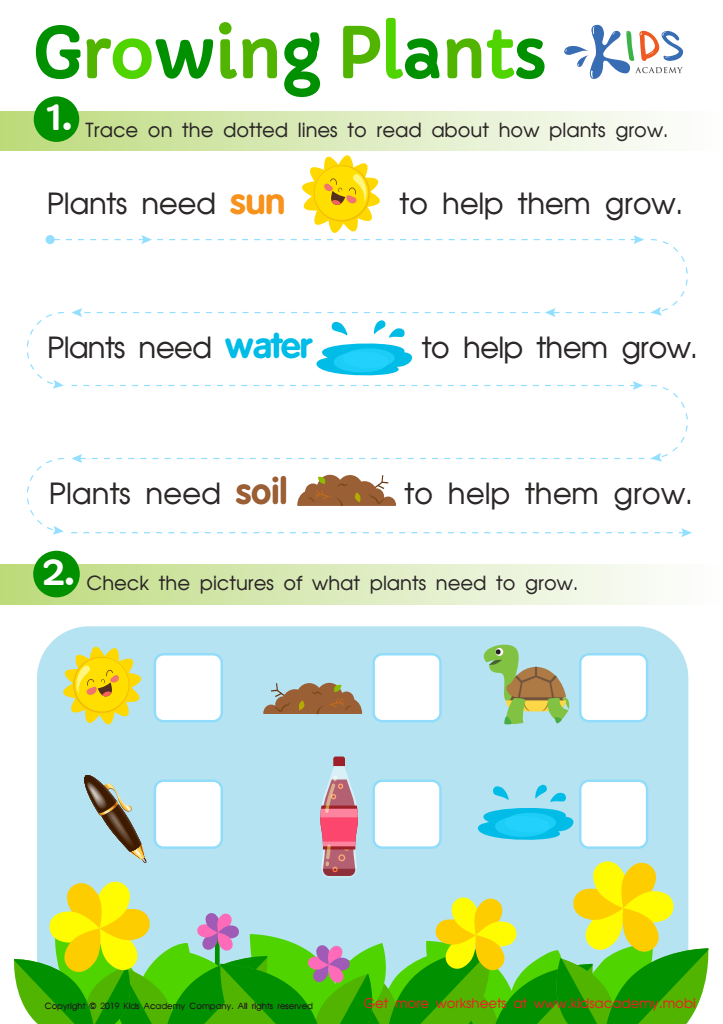

Growing Plants Worksheet
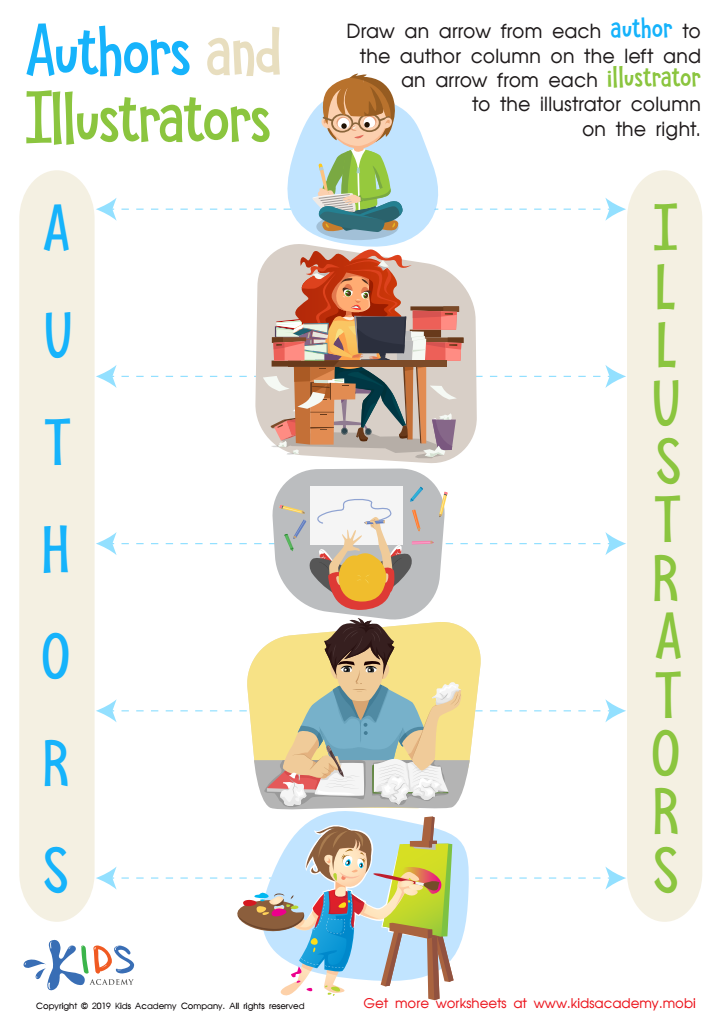

Authors and Illustrators Worksheet
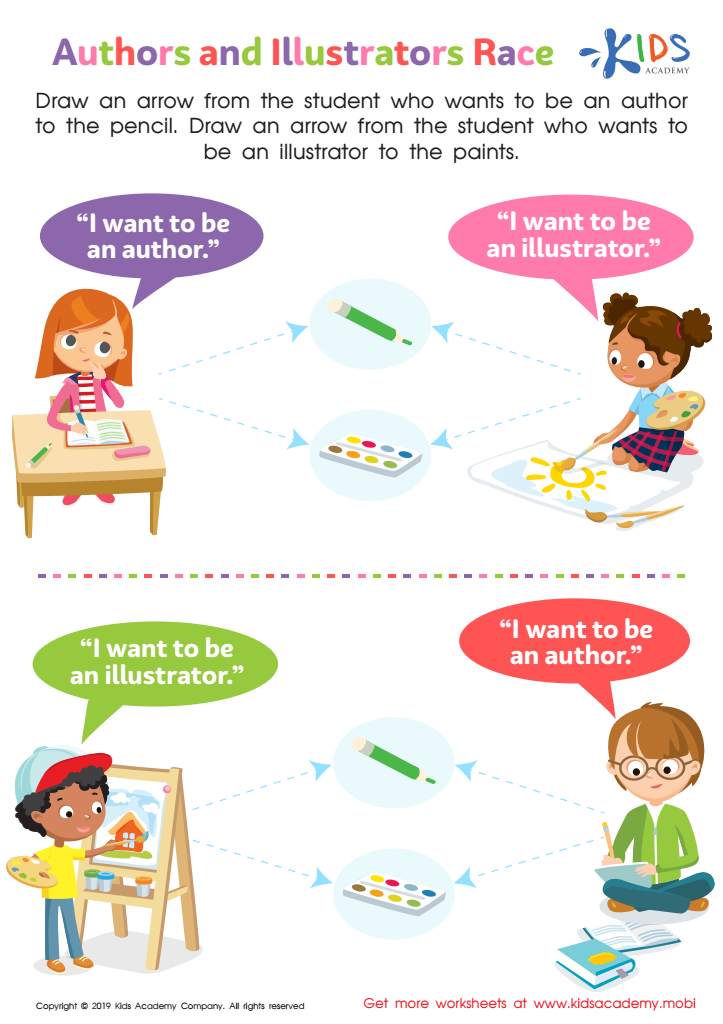

Authors and Illustrators Race Worksheet
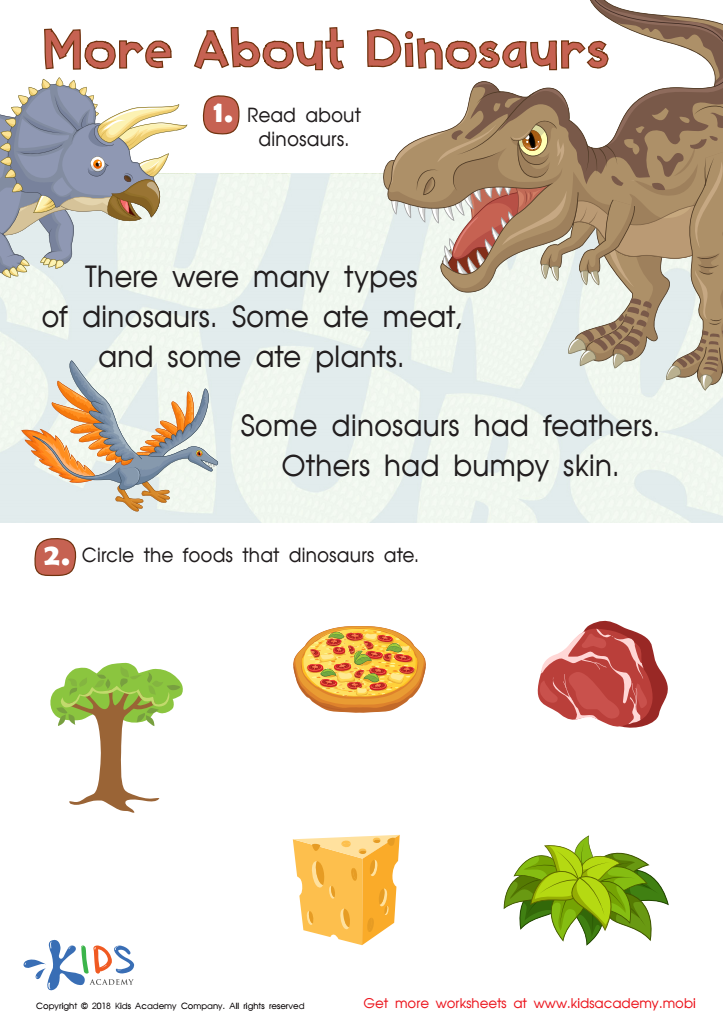

More About Dinosaurs Worksheet
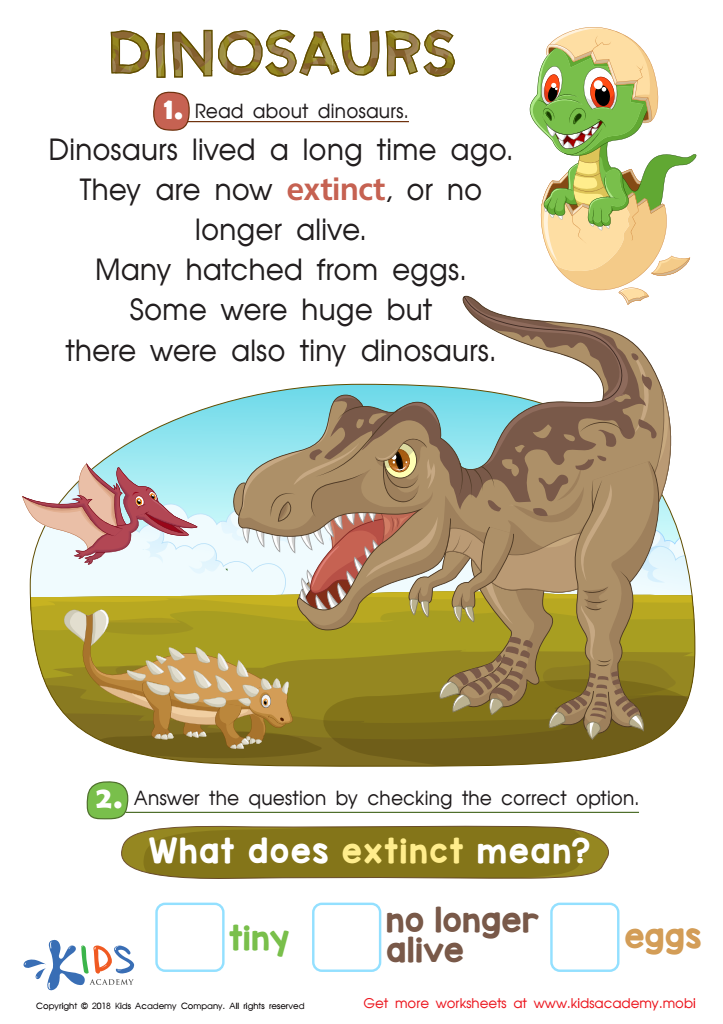

Dinosaurs Worksheet
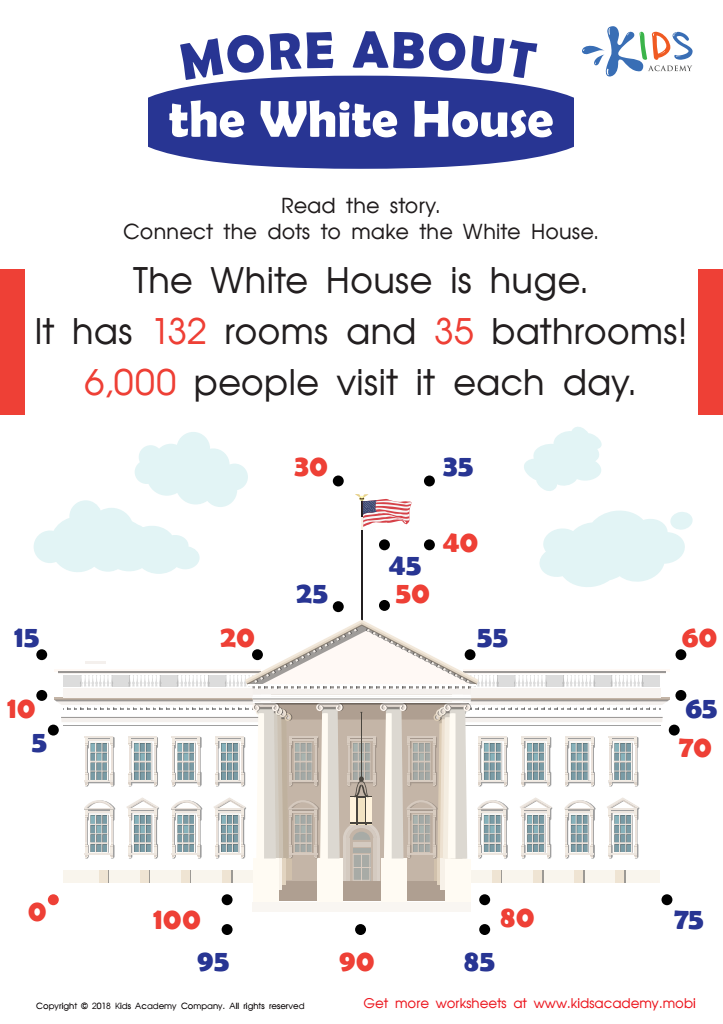

More About the White House Worksheet
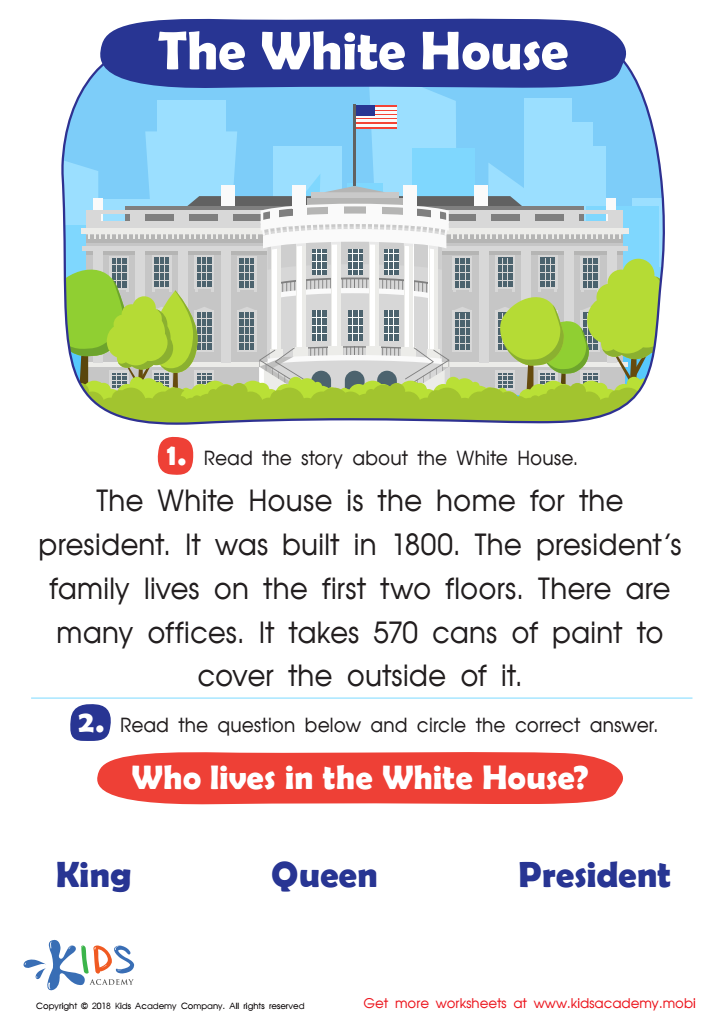

White House Worksheet
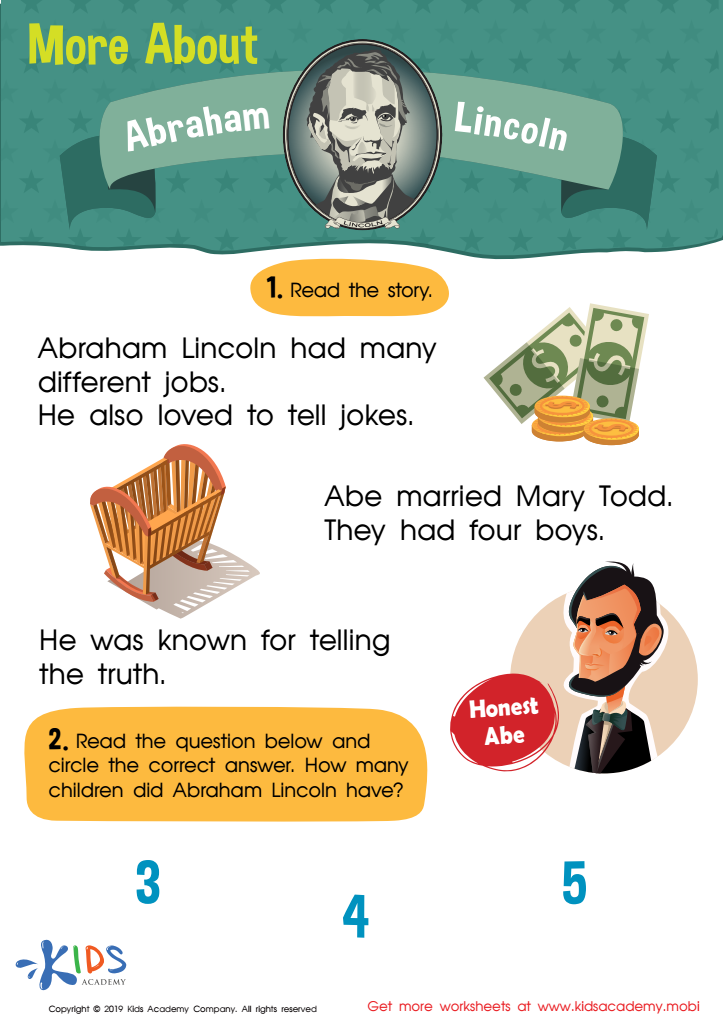

More About Abraham Lincoln Worksheet
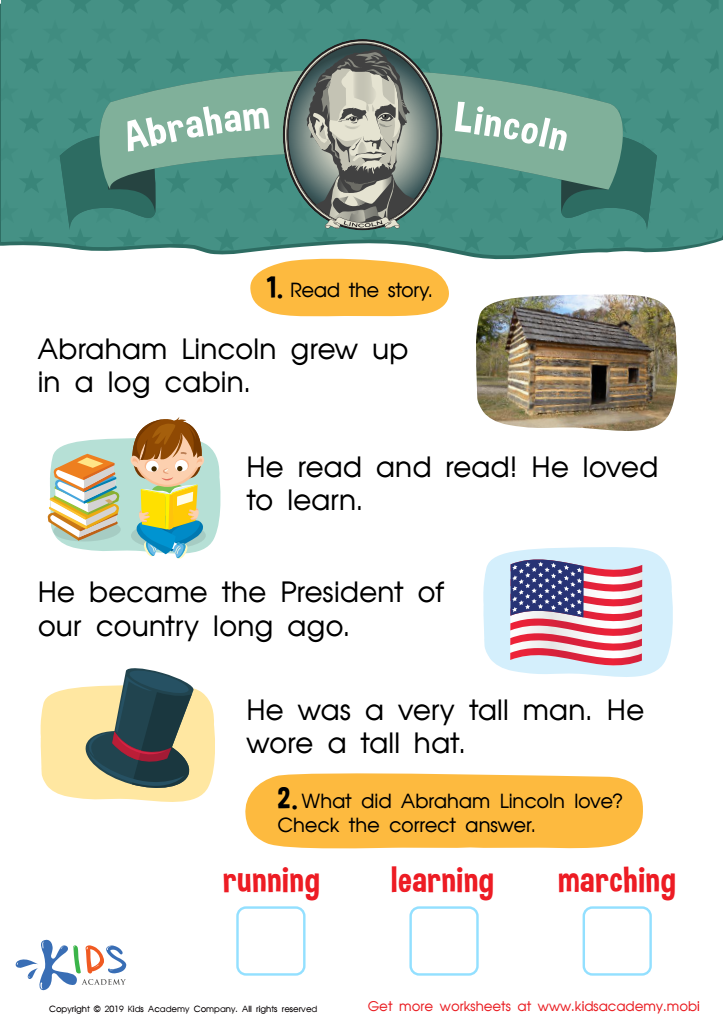

Abraham Lincoln Worksheet
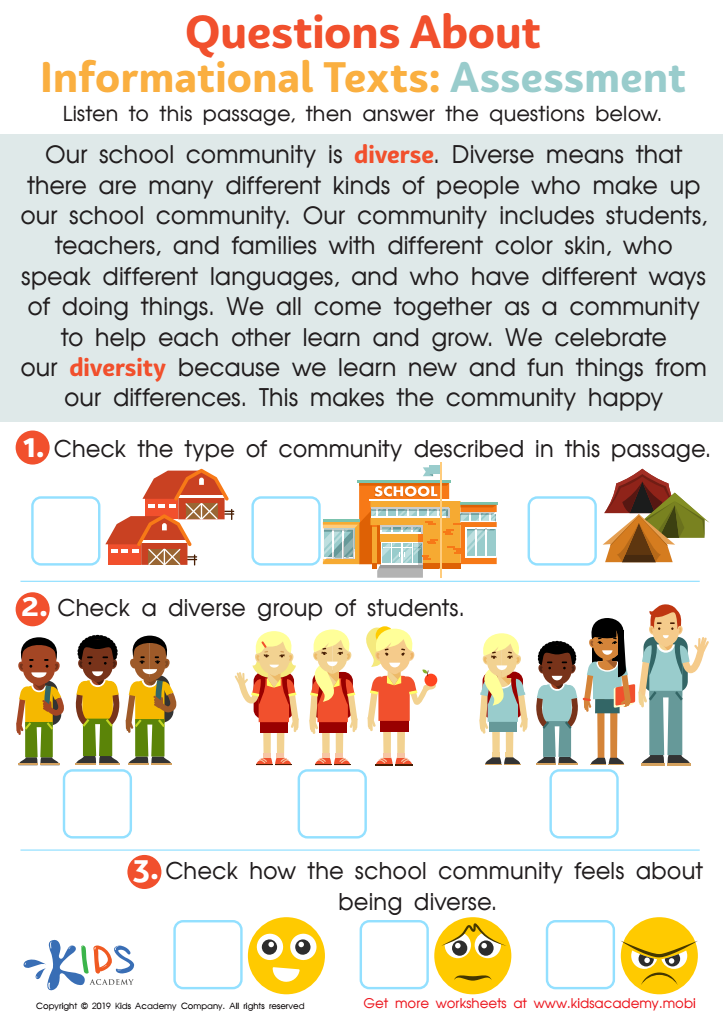

Questions About Informational Texts: Assessment 1 Worksheet
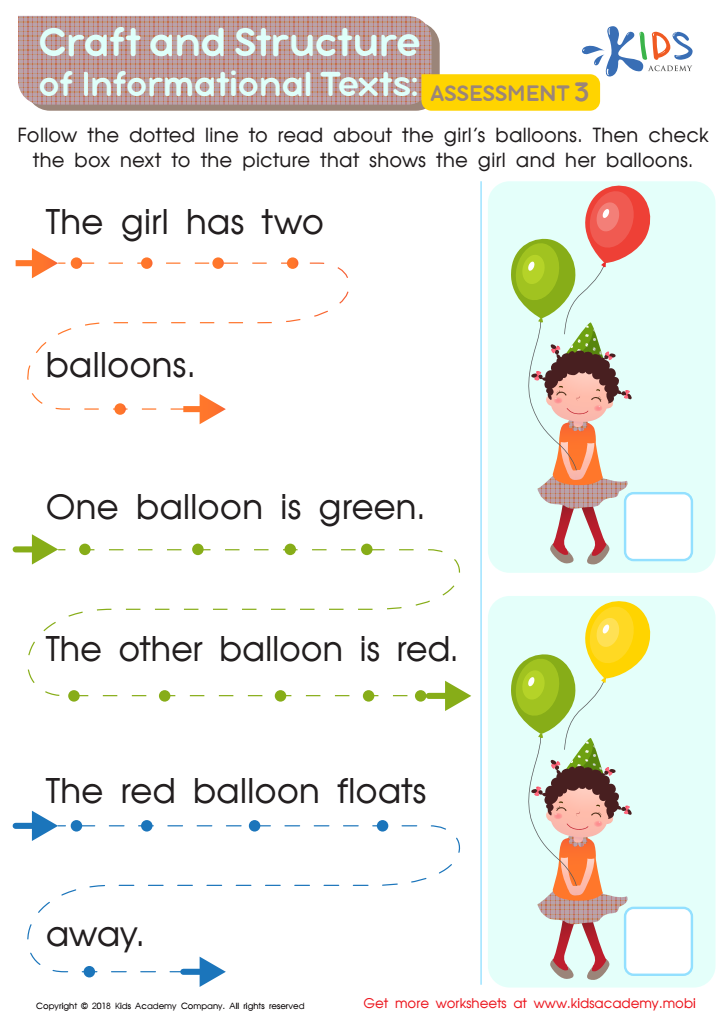

Craft and Structure of Informational Texts: Assessment 3 Worksheet
Reading Non-Fiction for Ages 4-6 is a crucial educational tool that sets the foundation for lifelong learning and curiosity. At this critical age, children are just beginning to explore the world around them, making it the perfect time to introduce them to the wonders of non-fiction. Worksheets tailored to this age group can significantly enhance this learning experience. Here's why:
-
Vocabulary Development: Reading non-fiction exposes young learners to a variety of new words and phrases, significantly enhancing their vocabulary. Worksheets that accompany these readings reinforce understanding and retention of these new terms.
-
Comprehension Skills: Engaging with non-fiction teaches children how to extract information, understand real-world facts, and follow a logical flow of ideas. Worksheets designed for Ages 4-6 cater to their comprehension level, making it easier for them to grasp complex concepts presented in a simple manner.
-
Critical Thinking: Through reading non-fiction, children learn to analyze information, ask questions, and make connections to their own lives. Worksheets encourage them to think critically about what they read by asking thought-provoking questions related to the text.
-
World Awareness: Non-fiction opens up a world of knowledge about nature, technology, cultures, and more. Worksheets often include activities that further explore these topics, helping children understand and appreciate the diversity and complexity of the world around them.
In summary, Reading Non-Fiction for Ages 4-6, supplemented with well-crafted worksheets, is an invaluable resource for stimulating young minds, enhancing literacy skills, and fostering a love for learning about the real world.

 Assign to My Students
Assign to My Students






